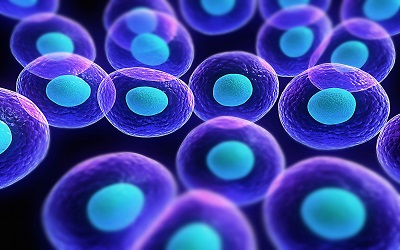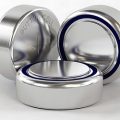PTE考生目前最大的问题之一就是练习题缺乏。除了有限的基本官方书(PLUS,Testbuilder, OG)之外就没有题了。很多英语基础不是很扎实的同学很难找到练习材料。悉尼文波雅思PTE培训学校专门为澳洲,尤其是悉尼、墨尔本的PTE考生准备了适合PTE听力阅读练习的科学60秒。各位PTE同学可以练习PTE听力中的summarise spoken text和PTE口语中的retell lecture,PTE听力口语-科学60秒-Frosty Moss练习记笔记技巧和复述。废话少说,下面开始:
60秒科学:Beating Heart Tissue from Stem Cells
Beating Heart Tissue from Stem Cells
In a study in the journal Science, researchers explain how they used mouse embryonic stem cells and microchip technology to create heart muscle tissue that actually beats. Cynthia Graber reports
One of the goals of regenerative medicine is to make tissue to replace our own damaged body parts. That’s still a ways off. But starting with mouse embryonic stem cells, researchers have succeeded in creating heart muscle that actually beats. The study appears in the October 16th issue of the journal Science.
Different sets of progenitor cells in the heart give rise to two different types of heart cells—muscle and nonmuscle. To make beating heart muscle, researchers needed to figure out just which cells were the ones that they needed. They used colored fluorescent tags to identify the groups in question in embryos, allowing the correct cells to be harvested.
But that’s just step one. The cells needed to link up in a form that will allow them to beat together. So the researchers borrowed from microchip technology. They created patterns on a film, much like the design for a computer chip. Laying down the cells within these patterns forces them to take the distinctive shape of cardiac muscle cells, which lets the cells link and beat in sync. The ultimate goal is to grow beating heart muscle from a patient’s own cells. And thereby literally mend a broken heart.
—Cynthia Graber





